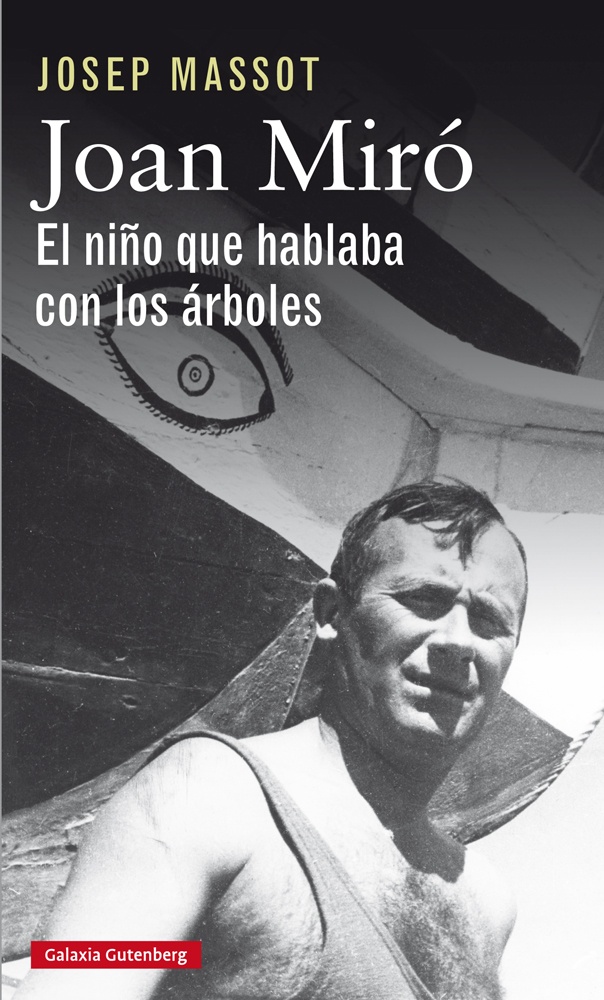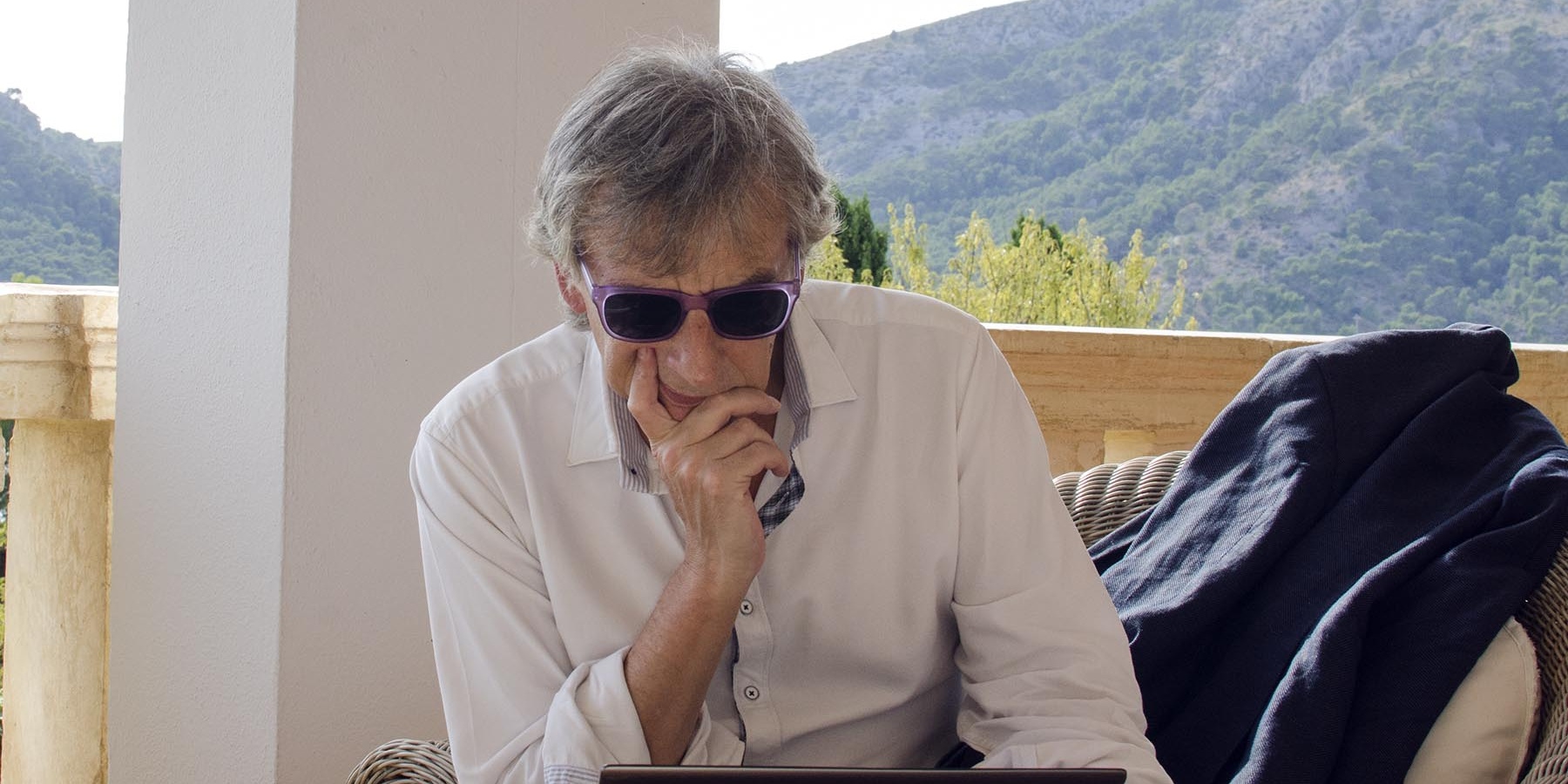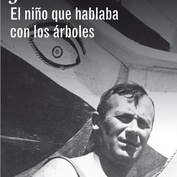Josep Massot
Joan Miró. El niño que hablaba con los árboles

INFORMATION
Raymond Queneau asserted that of all contemporary artists, Miró " is the most secret". His French dealer, Pierre Loeb, did not hesitate to say that "he was the most mysterious man, the most impenetrable I have ever met in my life", and Joan Prats, a childhood friend of the artist, said: "I know everything about him and I know nothing about him". Miró is the only great artist who revolutionised 20th-century art that did not have an exhaustive biography. There are many books that study his work from an academic point of view, but there was a need for research to try to uncover the Miró enigma, based on the consultation of archives and unpublished testimonies. Joan Miró. The boy who spoke to the trees denies clichés and reveals the titanic struggle for personal improvement of a man who had to face his inner demons, his parents and his environment; resituates Miró in the centre of the vibrant avant-garde family and follows the thread of his relationships with Picasso, Picabia, Tzara, Breton, Bataille, Leiris, Duchamp, Kandinski, the American abstract expressionists or Zen philosophy, until he becomes a total artist who encompassed poetry, music, architecture, sculpture, performance, dance and theatre. The book focuses on his hitherto unknown sentimental relationships, reconstructs why he was absent from Spain during the Civil War and how he managed to survive during the harshest years of Franco's regime. The biography focuses on the years 1893-1947, the date of his first trip to the United States, and is completed with a long epilogue with the most outstanding events until his death in 1983.
Source: publisher.

